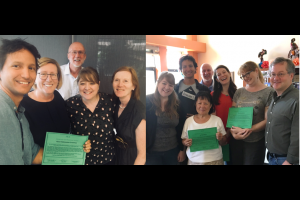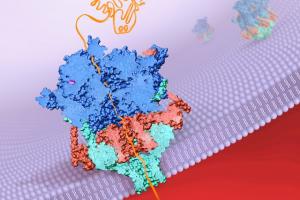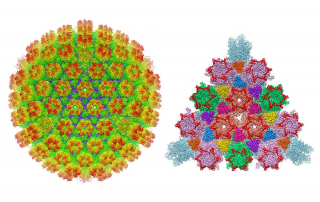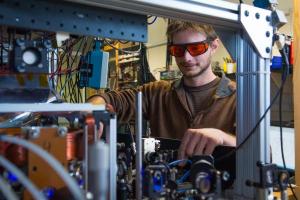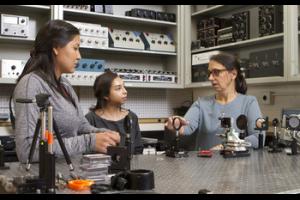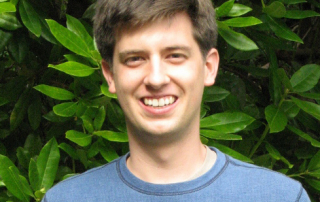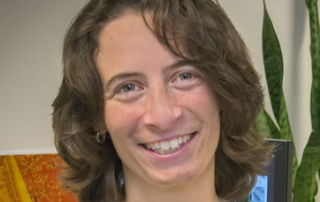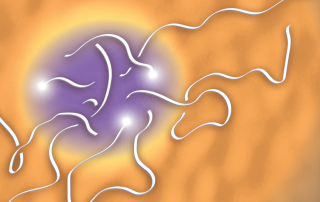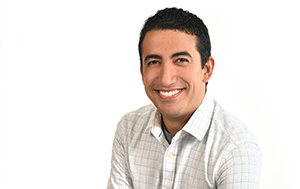Congrats to the STROBE SUPER Team for Receiving JILA Exemplary Contribution Awards
Congratulations to Dr. Nico Hernandez-Charpak, Dr. Tess Eidem, Caz Margenau, Joyce Kroll, and Lauren Mason for receiving JILA Exemplary contribution awards for their efforts to write three funded proposals: the NSF PREM, MRI and Supplemental funding for STROBE!
